About this detail of the Tiger
The first production Tiger, number 250001, and the first prototype "V1", had a only single ventilation hole in the engine hatch. Apparently, all other Tigers had a second opening; a long slot near the front of the hatch (indicated in this photo).
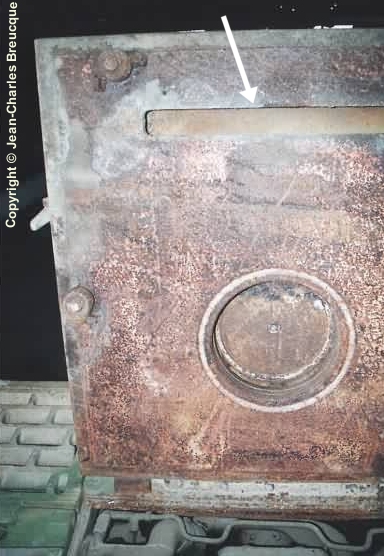
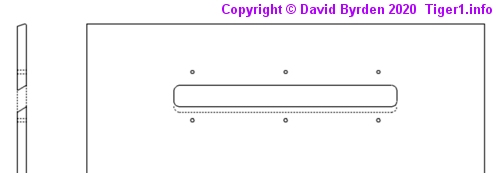
The tank's HL210 engine drew its air in at its front end, and the slot was placed near to that.
A cover of some kind was needed for protection from shrapnel, rainwater etc. And there was another requirement: the Tiger was submersible, so it must be possible to seal the slot.
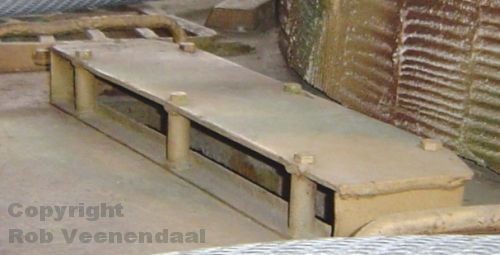
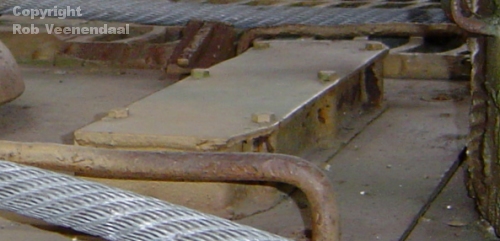
The solution was a box-shaped air intake, attached to the engine hatch by 6 bolts. The intake had a slot in its bottom plate, aligned with the slot in the engine hatch. The box was walled on three sides and open to the rear.
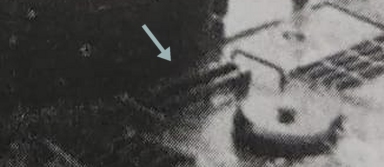
To seal the slot for submersion, it was only necessary to unbolt the intake, flip it over and reattach it. The solid side of the intake, with the help of an intermediate rubber sheet, would press against the hatch surface all around the slot. This photo shows Tiger "V2" during submersion trials; it's just possible to see that the intake is attached upside down, with its own slot on top.
Besides "V2", this box-shaped air intake was used on the first nine Tigers to see service with s.Pz.Abt.502 at Leningrad. It was then superseded by the "Feifel" air filter system, which attached to the slot in the hatch. Twenty Tigers issued to s.Pz.Abt.501 had the box air intake when delivered, but it was replaced by the Feifel system before they went to Africa.
Ten months later the use of the Feifel system was ended, and the original air intake was once again supplied on all new Tigers. Two examples are known to exist today, on a Late Tiger and a Sturmtiger.
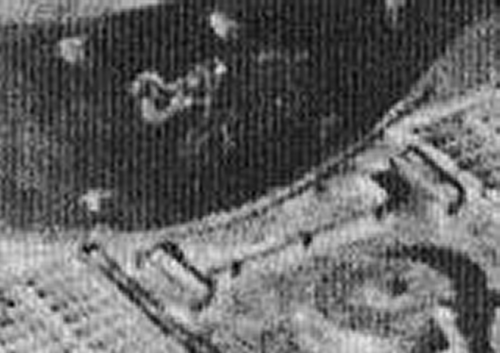
This photo shows Tiger "100" of s.Pz.Abt.502, with the intake fitted. This is the only known photo showing the intake prior to the adoption of the Feifel system. Some researchers have assumed that a different version of the intake was used on these first Tigers, with a rectangular shape. Careful analysis of this photo does not support that idea.
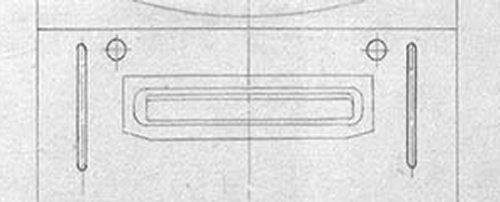
This is from a German design drawing of July 1942. The slot and the outline of the air intake are drawn. The outline is not a rectangle, but it matches the intakes that we know from museums. This supports the idea that the air intake was identical at the beginning and the end of Tiger production. However, note that it is drawn facing forward here.